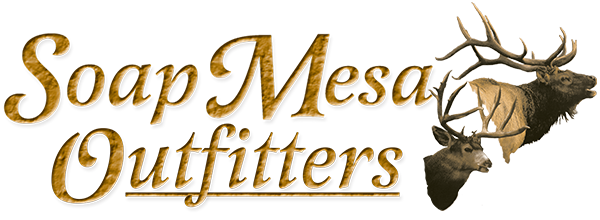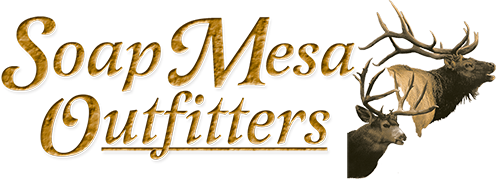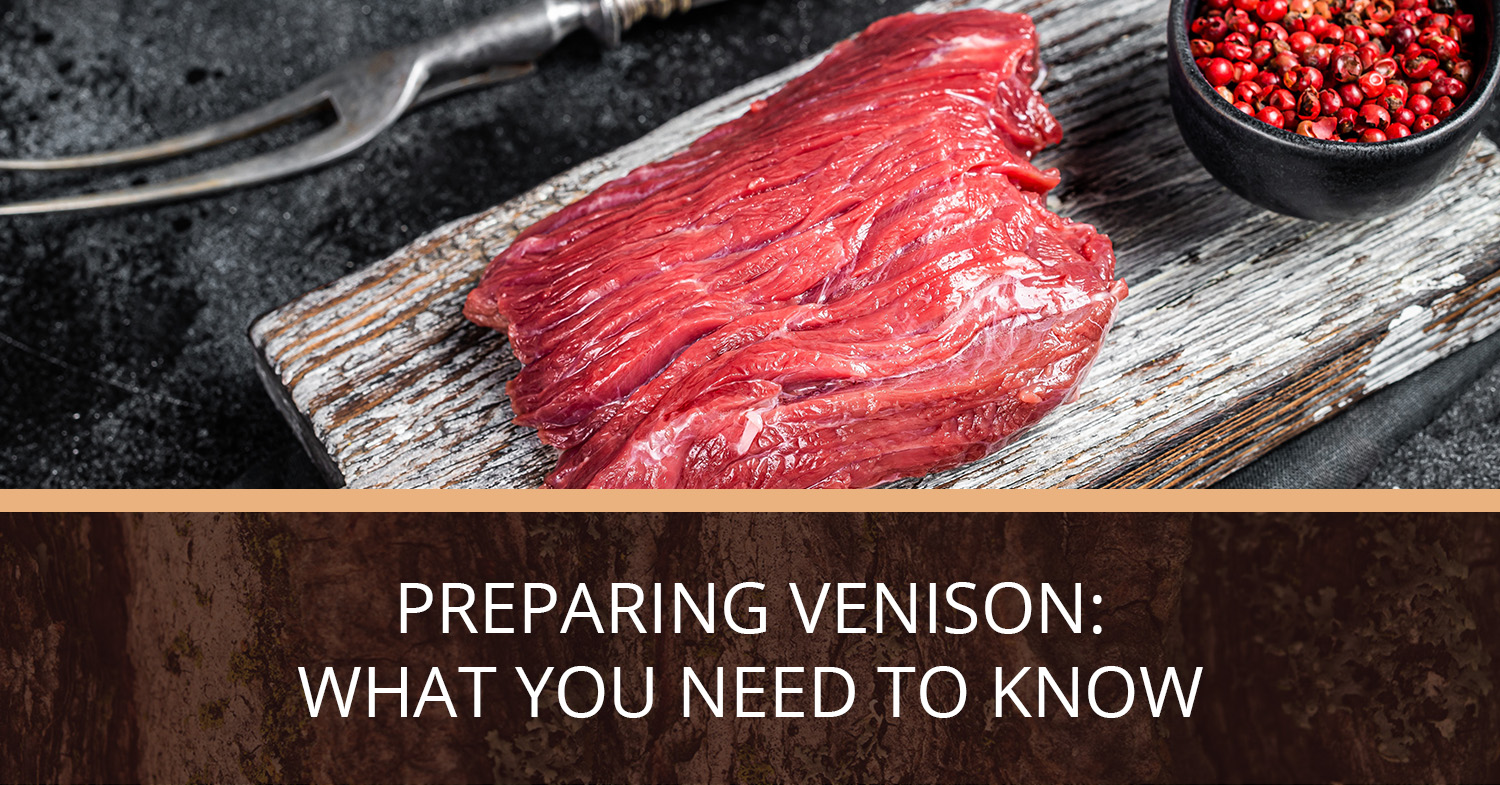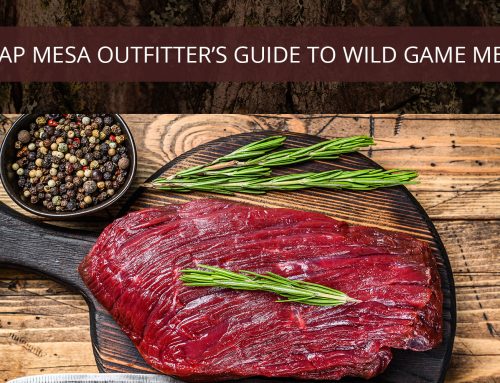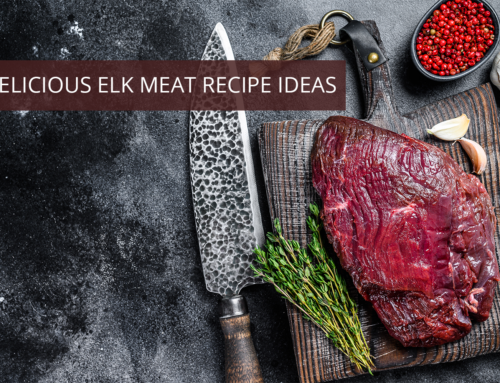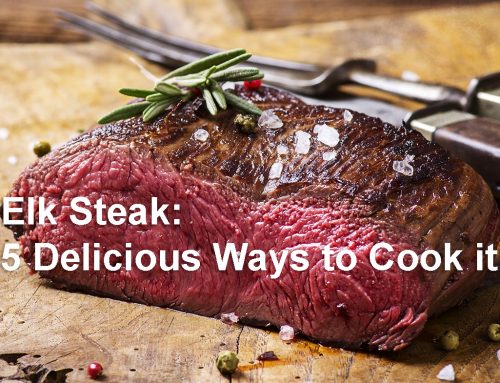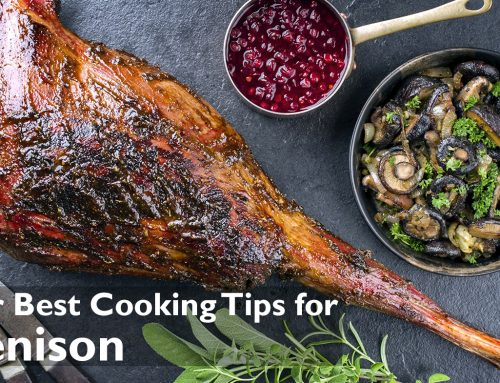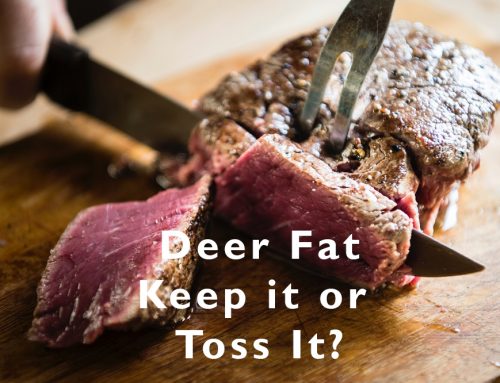Venison is delicious – if you know how to prepare it right. Here’s what you need to know to help you cook delicious, tender meat.
It Starts in the Field
Preparing your venison all starts in the field. From the moment the deer is down, you need a plan for getting the deer dressed as soon as possible. You want to get the meat cooled quickly, and if you’re going to be more than a few hours before processing the meat, quarter the deer and get it on ice as soon as you’re able. Once the meat is in the processing stage, be sure to remove anything that’s not muscle. This means sinew, gristle, silver skin, and anything else. This will ensure that your meat is as tender as possible.
Age Your Meat
Aging venison is the key to getting tender meat with a good texture. If you’re not taking your meat to a processing facility, no worries – you can age the meat at home. You can complete the aging before or after thawing your meat. There are also two methods for you to choose from: dry aging and wet aging.
In dry aging, the meat needs to have proper ventilation and a consistent temperature of 34-37 degrees Fahrenheit. A simple way to dry age your meat is to get a large plastic bin, poke holes through the sides, and lay your meat inside on a cooling rack. This allows the blood to drop to the bottom of the container and stay separated from the venison. You can age the meat up to 14 days, but no matter how long you age the meat, make sure to empty the blood from the bin every few days.
Wet aging is another option and is usually done after thawing the meat. This is typically how grocery stores age meat and is the opposite of dry aging. Instead of allowing ventilation, your vacuum-sealed meat is going to be stored for up to 14 days in a space that is around 35 degrees Fahrenheit.
There’s no better option, so do the preparation process that suits you the most.
Tenderize for Maximum Flavor
Whether you use a dry rub, brine, or marinade, these are perfect ways to inject flavor while tenderizing the meat even more. Any of these options can be used to infuse flavor and break down the meat, causing a tender, juicy result in the finished product.
When it comes to dry rubs, you can use any combination of dry herbs and spices to suit your fancy. All you have to do is combine your spices and massage them into the meat. Then place the meat into a container and refrigerator overnight or up to 24 hours. While you can play with flavors, we recommend using coffee or ginger in your rubs. These are acidic and will break down the enzymes in the meat, leaving you with tender, tasty venison.
Brines and marinades are fantastic for tenderizing meat as well. Brines are typically a mixture of water, salt, sugar, as well as spices if you’re feeling, well, spicy. Marinades typically use acid (like vinegar or lime juice) and an oil, as well as herbs and spices of your choice. For both, let the meat sit in a closed container in the fridge for up to 24 hours to tenderize and lock in flavor.
Don’t Salt Venison Like a Normal Steak
You always want to add salt to your meat, but the thing you need to remember with venison is it’s not beef. Venison is a lean meat and easily dries out. While salt adds flavor, too much can turn your deer meat into jerky before your eyes. If you’re going to salt, do it lightly or do it in the marinade or brine beforehand. Otherwise, you and those you’re serving can salt meat after it’s cooked.
Remove the Fat
Venison is known for cooking fast and drying out quickly. Your first instinct to rectify this issue may be to keep the fat on. But while beef fat tastes good and moisturizes meat when cooked, deer fat doesn’t taste great and just coats the inside of your mouth. Make sure you trim away the fat so people can taste the meat. When cooking, sear your meat and then allow it to rest before cutting. You’ll be rewarded with delicious, juicy meat.
Make the Cuts Thick
When making steaks, make sure to cut them thick. As we mentioned previously, venison cooks quite quickly. This means if you cut thin steaks and cook them like beef, they’re going to end up dry. For a deer steak you’ll love, remember to cut thick, cook short, and if you need to, you can slice thinly afterward.
Use the Best Tools
Your kitchen tools will either make your job preparing your meat a nightmare or an enjoyable experience. Above everything, you need a very sharp knife. This is something worth splurging on. An eight-inch chef’s knife will allow you to cut venison like butter as well as perform just about any task needing a knife.
Don’t Be Afraid to Get Creative
Last but not least – have some fun cooking your meat. Use flavors you enjoy, take a few risks, and enjoy the fruits of your creation.

If you’re looking to get fresh meat on the table, then you should book a guided hunt with us.
Let’s Get Hunting
We hope you utilize these tips next time you cook up deer meat. If you’re looking to get fresh meat on the table, then you should book a guided hunt with us. At Soap Mesa Outfitters, we offer quality elk and mule deer guided rifle hunts on our 3500-acre private ranch that overlooks Blue Mesa Reservoir. Not to mention, we also have a National Forest Permit, which provides an additional 8000+ acres with utter seclusion due to its limited access. Let us show you what you’ve been missing.
